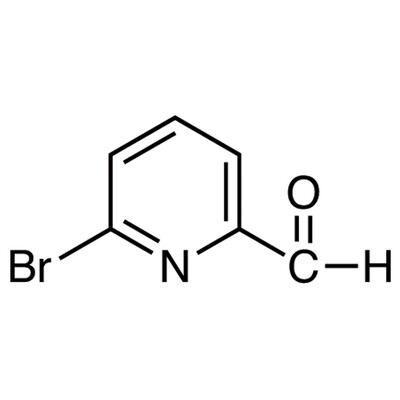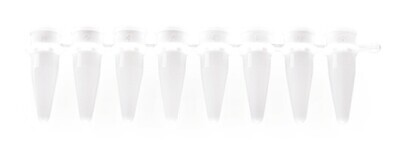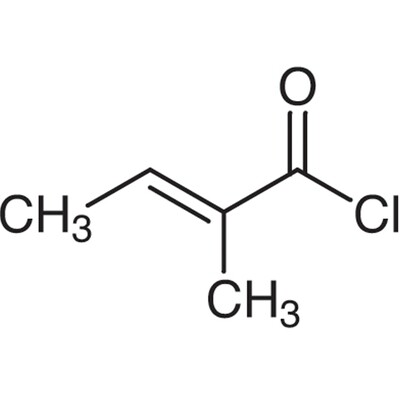Praseodymium oxide powder 96% 1 g
SKU 006559-2
€ 188,60
In stock
1
Save this product for later
Praseodymium oxide powder 96% 1 g
Product Details
CAS number: 12037-29-5
Chemical formulas: Pr6O11/ F.W. 1021.45/ powder
Cation: Pr
Packaging: 1 g
EAN: 8721028245052
Brand: Laboratoriumdiscounter
Praseodymium oxide powder is a rare earth compound with exceptional properties, making it highly sought after in various industries. Its unique composition and high purity make it ideal for applications such as catalysts, ceramics, and optical devices. With its excellent thermal stability and electrical conductivity, praseodymium oxide powder is a versatile material that offers significant advantages in advanced technologies.
Working with Praseodymium oxide powder requires careful handling and adherence to safety precautions to minimize the risk of exposure and potential hazards. Here are some short safety instructions to follow when working with Praseodymium oxide powder: 1. Personal Protective Equipment (PPE): Always wear appropriate PPE, including gloves, safety goggles, and a lab coat or protective clothing, to protect your skin, eyes, and clothing from direct contact with the powder. 2. Ventilation: Work in a well-ventilated area or use a fume hood to prevent the inhalation of dust particles. Praseodymium oxide powder can release harmful fumes when heated or dispersed, so ensure proper ventilation to minimize exposure. 3. Handling: Avoid generating dust or aerosols when handling the powder. Use tools like spatulas or scoops to transfer the powder, and avoid any unnecessary agitation or stirring that may disperse the particles into the air. 4. Storage: Store Praseodymium oxide powder in a tightly sealed container in a cool, dry place away from incompatible materials. Ensure proper labeling and separate it from other chemicals to prevent cross-contamination. 5. Spills and Cleanup: In case of spills, carefully clean up the powder using appropriate methods, such as vacuuming or damp wiping, to avoid dispersing the particles. Dispose of the waste according to local regulations and guidelines. 6. First Aid: In case of accidental exposure or ingestion, seek immediate medical attention. Rinse affected areas with plenty of water and remove contaminated clothing. Do not induce vomiting unless directed by medical professionals. 7. Training and Knowledge: Ensure that you are adequately trained and familiar with the properties and hazards associated with Praseodymium oxide powder. Stay updated with safety data sheets (SDS) and follow all recommended safety guidelines. Remember, these instructions are a general guide, and it is essential to consult the specific safety data sheet (SDS) and follow the manufacturer's instructions for the Praseodymium oxide powder you are working with.
Please note, not all safety data for this product is available on our website, for a complete list of P en H sentences and other safety instructions please request the MSDS at our customer service
You May Also Like

(S)-2-Ureidopentanedioic acid, 95.0%, 1g
(S)-2-Ureidopentanedioic acid, 95.0%, 1g
SKU F216659-1G
€ 22,00

FMOC-S-TERTBUTYL-D-CYSTEINE, 97.0%, 25g
FMOC-S-TERTBUTYL-D-CYSTEINE, 97.0%, 25g
SKU F475312-25G
€ 123,20
End user declaration required

Chloroform-d (containing 1wt% TMS) 99.6atom%D (stabilized with Silver chip)25g
Chloroform-d (containing 1wt% TMS) 99.6atom%D (stabilized with Silver chip)25g
Only for registered companies
SKU C0023-25G
€ 66,00
Display prices in:EUR



![(1S,10R,11S,14S,15S)-15-methyltetracyclo[8.7.0.0^{2,7}.0^{11,15}]heptadeca-2(7),3,5-triene-5,14-diol, 97.0%, 10g (1S,10R,11S,14S,15S)-15-methyltetracyclo[8.7.0.0^{2,7}.0^{11,15}]heptadeca-2(7),3,5-triene-5,14-diol, 97.0%, 10g](https://d2j6dbq0eux0bg.cloudfront.net/images/88473019/4762843964.png)






